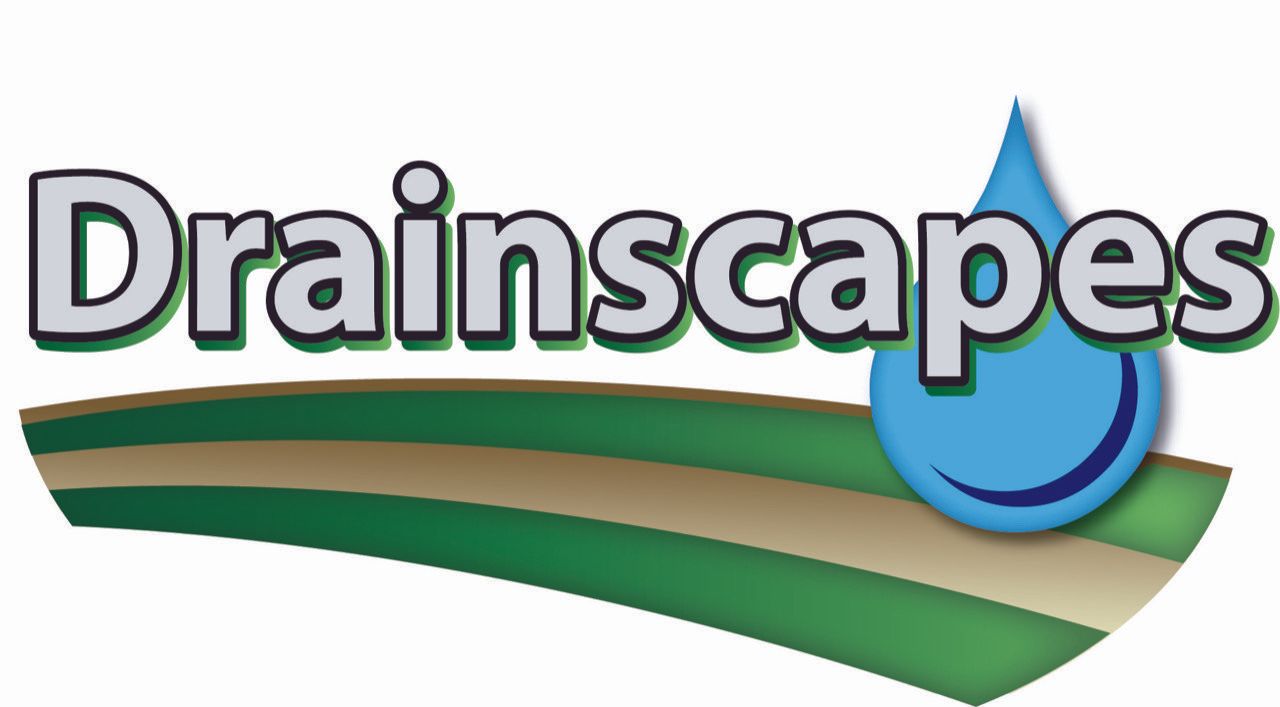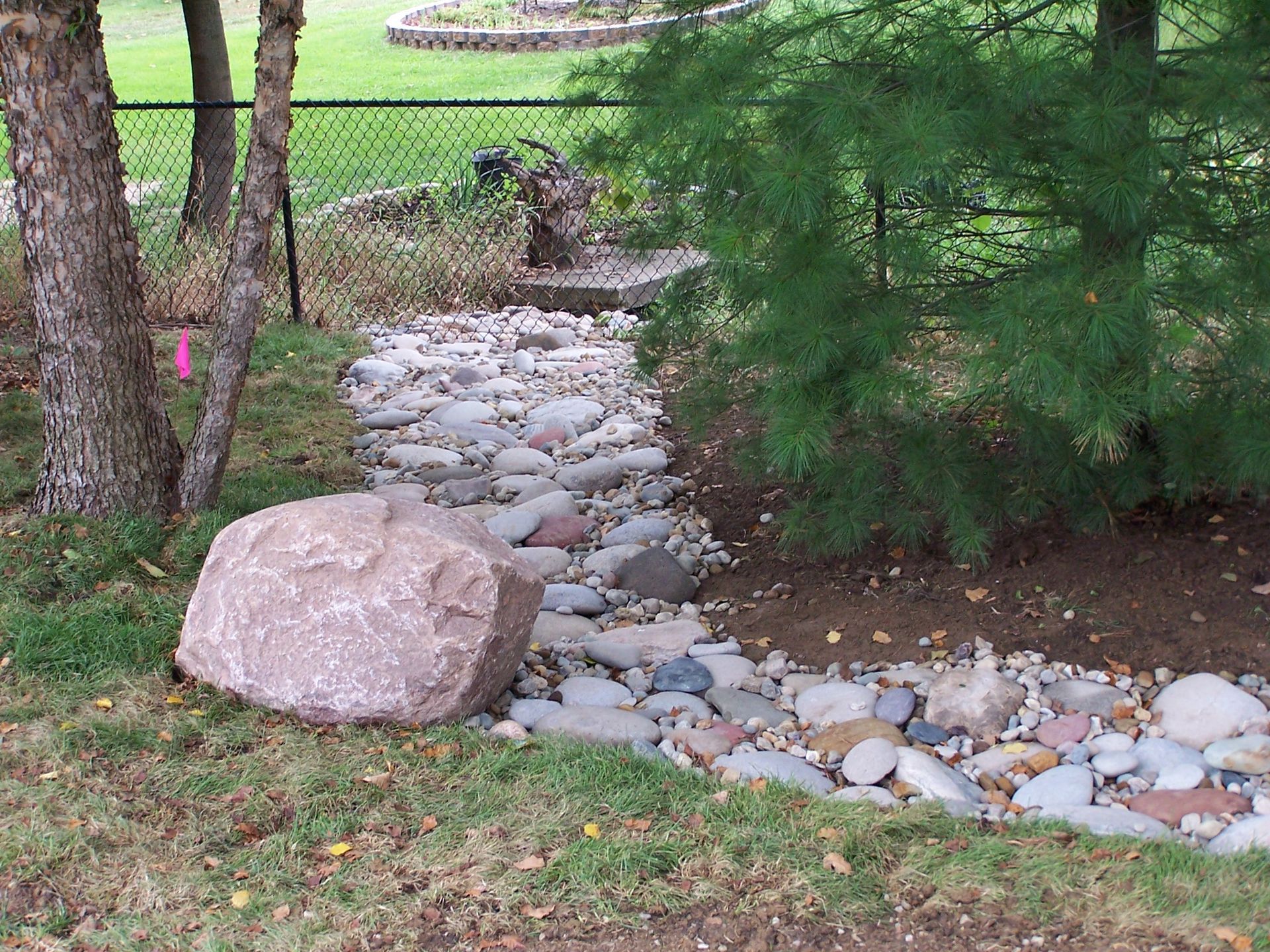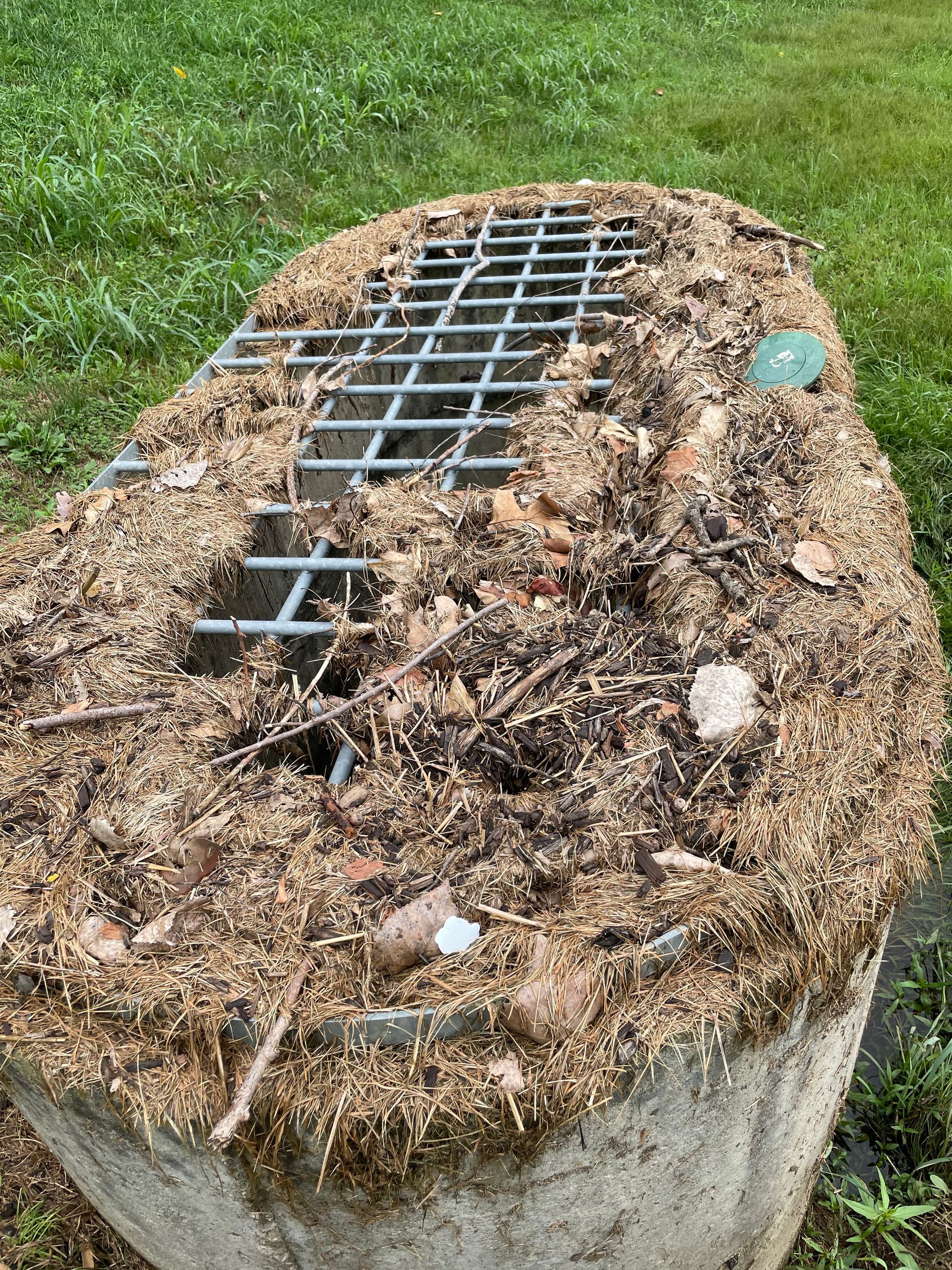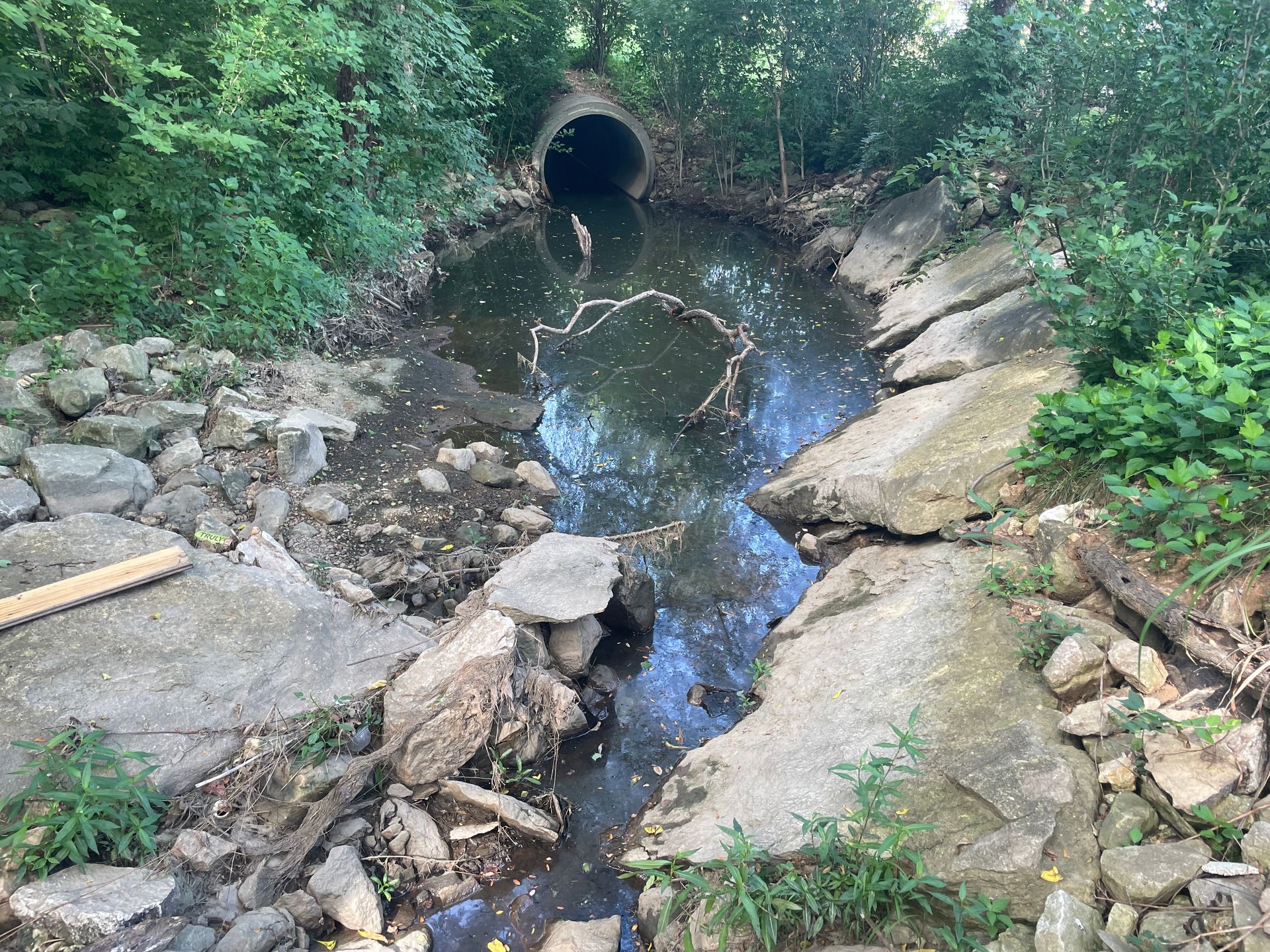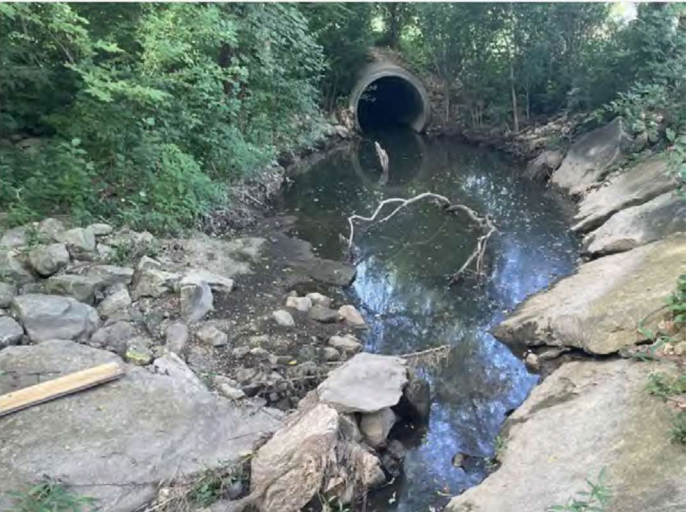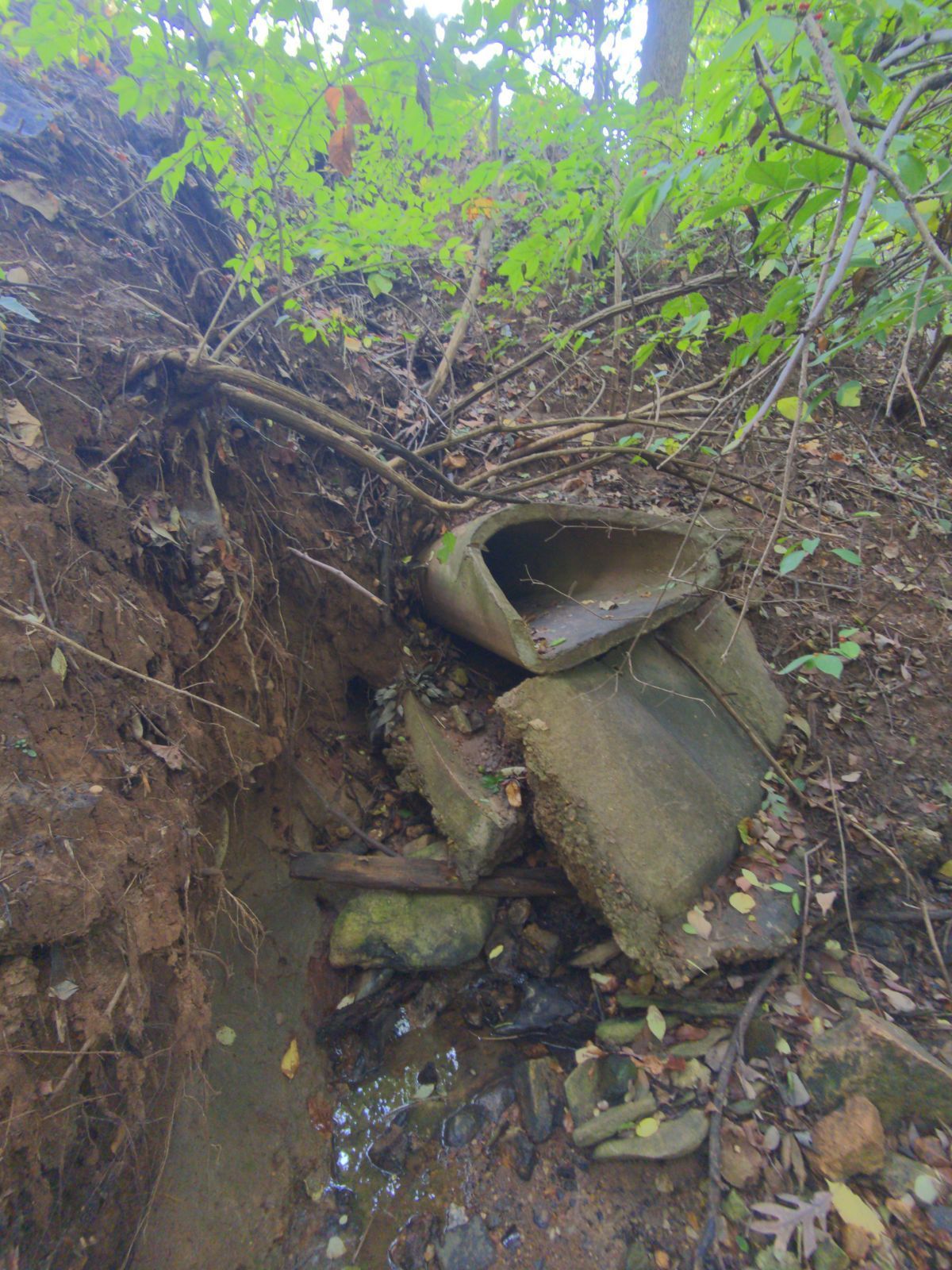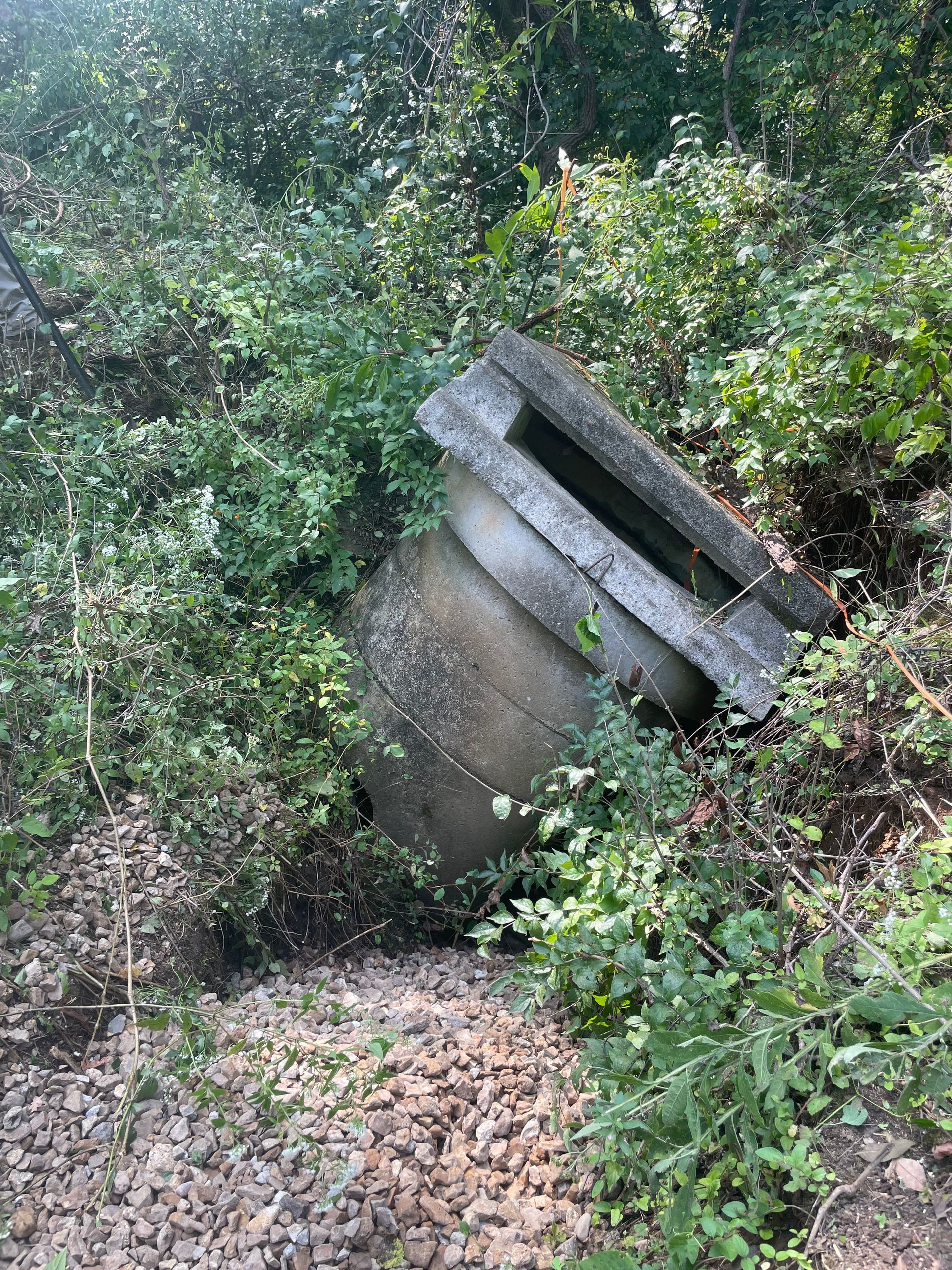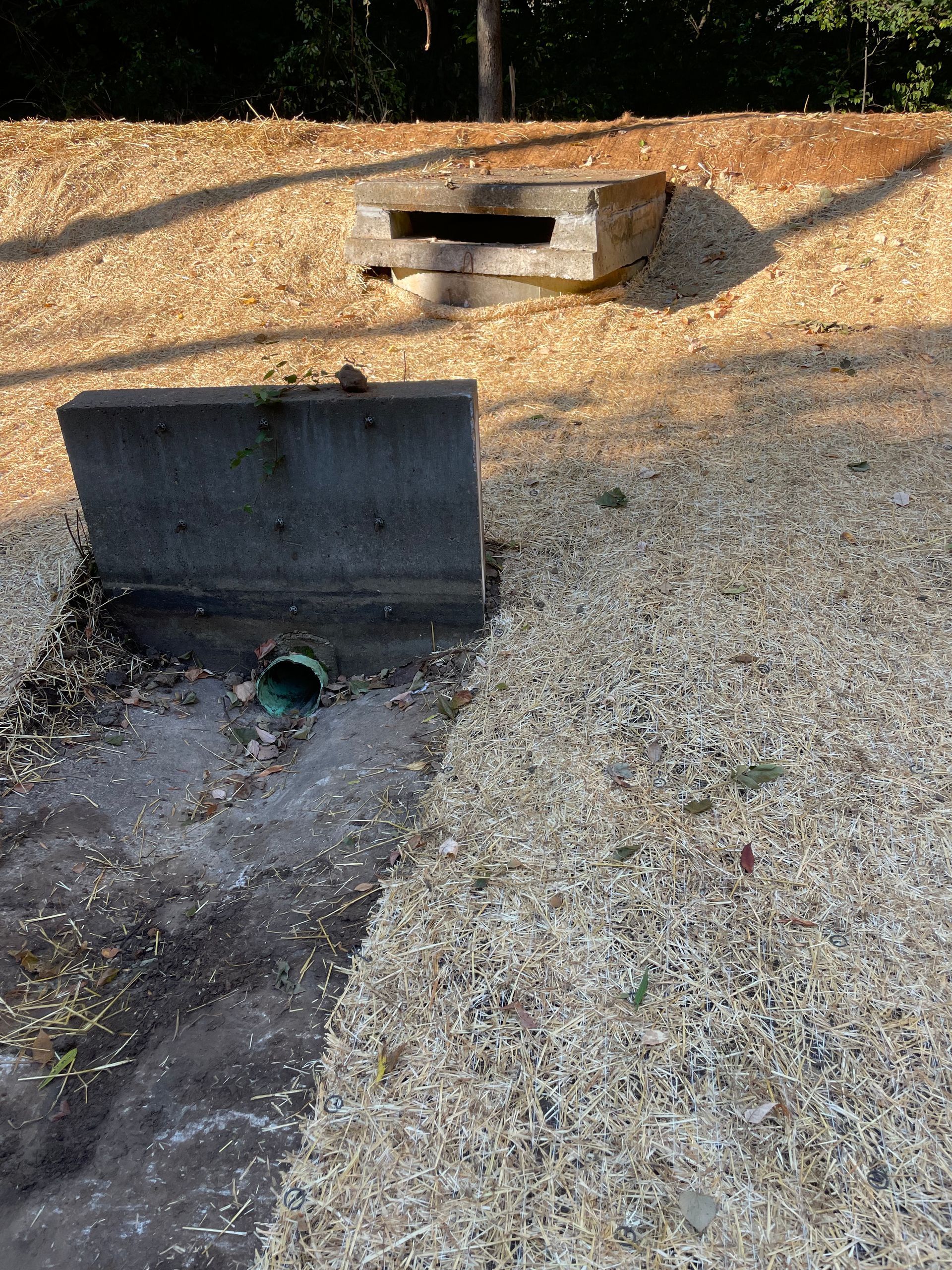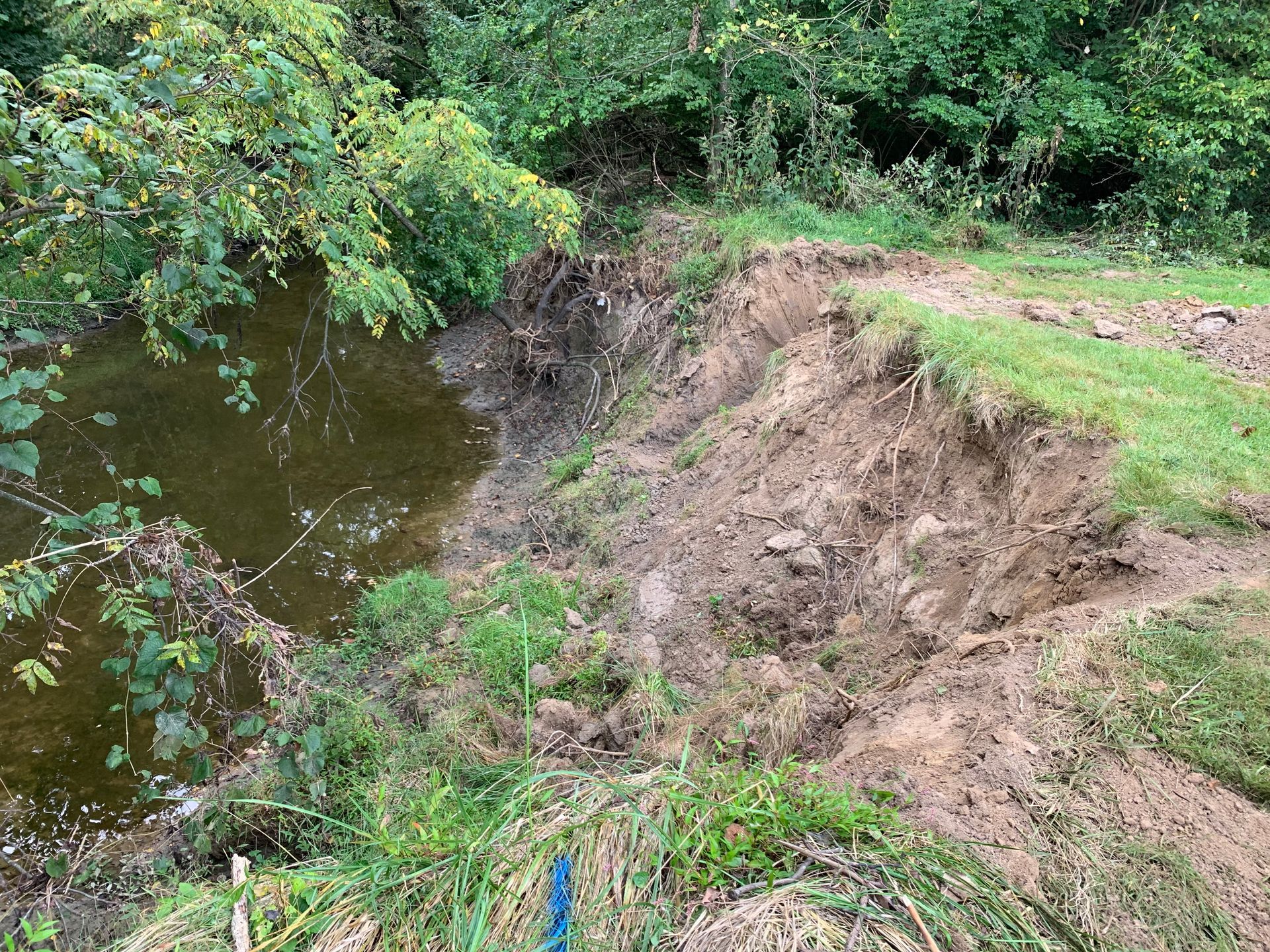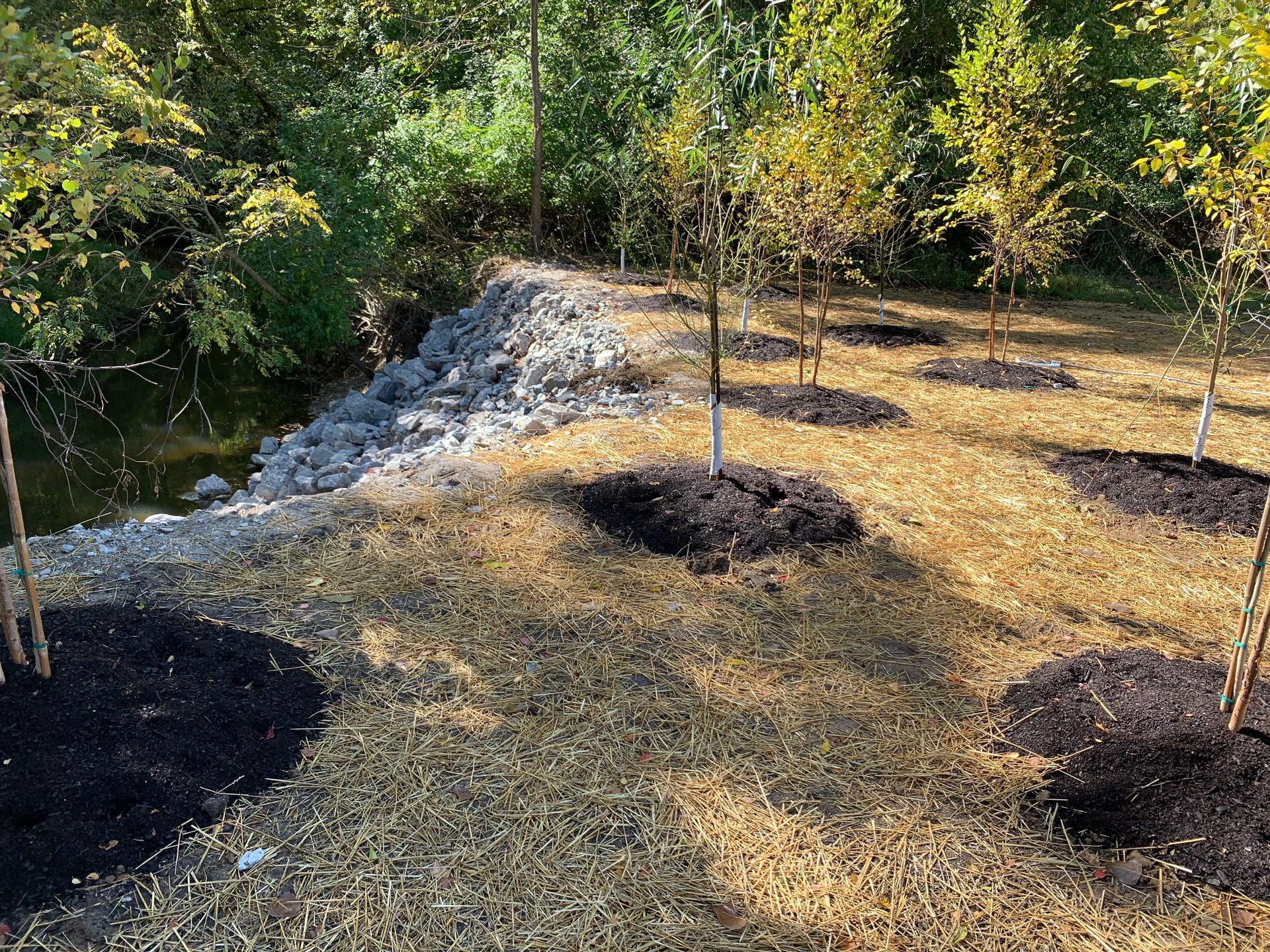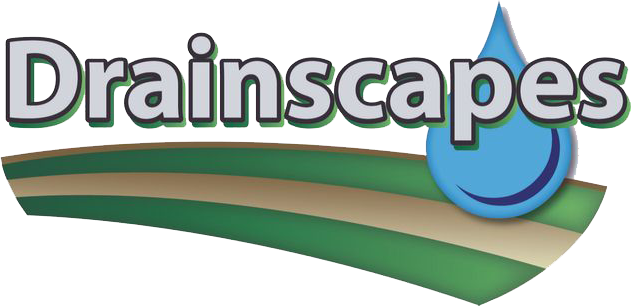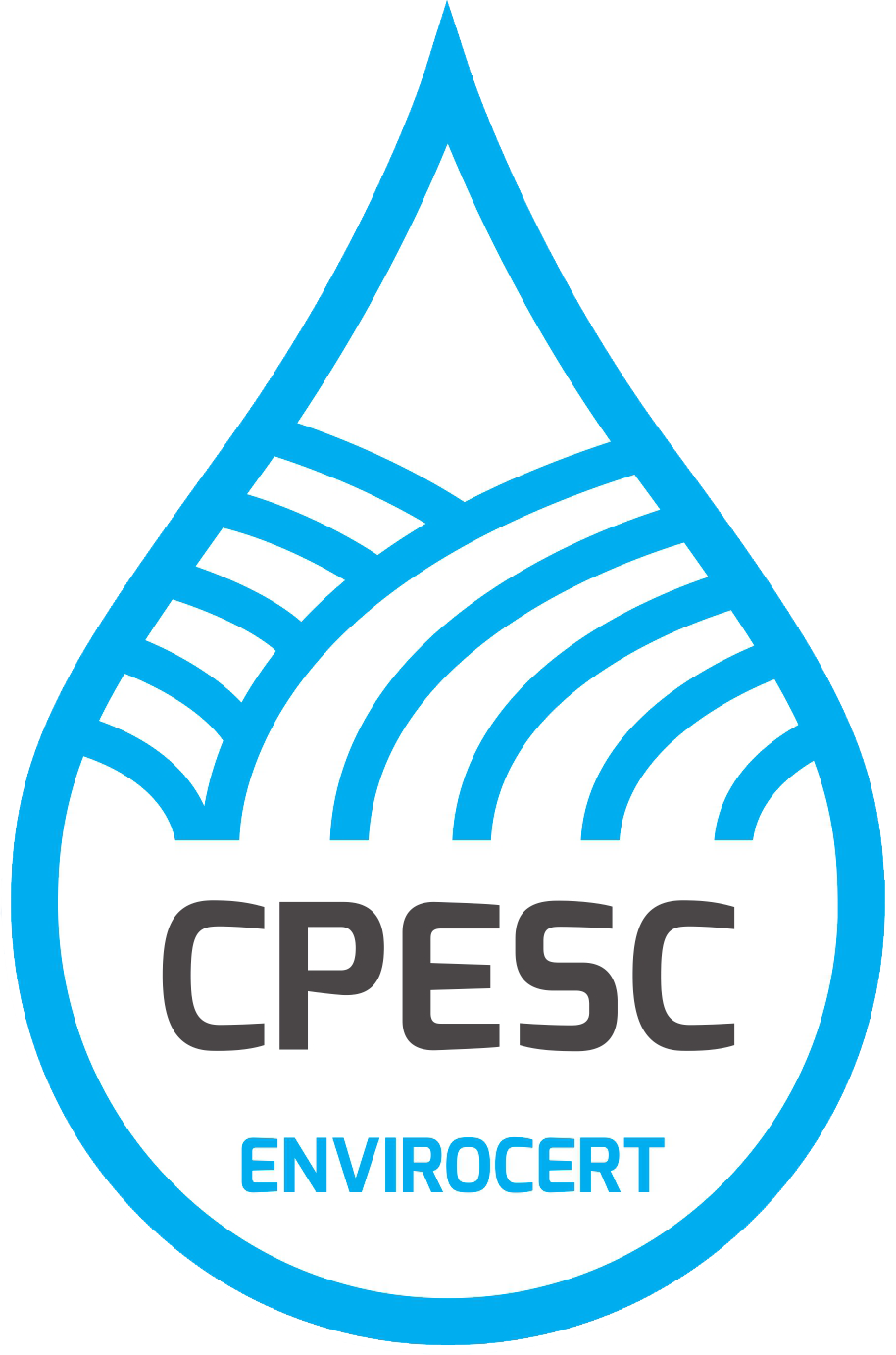DRAINSCAPES
Best Management Practice (BMP)
Drainscapes STL LLC now offers Best Management Practice (BMP) Inspections for Storm Water Management facilities
BMP Inspections are predetermined inspections and maintenance for the proper non-polluting functionality of Stormwater collection systems. Grading projects, bio-basins, detention and retention basins, rain gardens, retention/infiltration wells, bio-swales, private and public storm sewer systems, and drainage systems all benefit from proper BMP programs. BMPs prevent “big” problems in the future. Our BMP Inspection Program is flexible. You can sign-up for one inspection or lock in your pricing for up to 5 years. Inspections can be provided quarterly, semi-annually or annually. MSD filing is also available.
Drainscapes
We can inspect, install and maintain your StormWater Management System. Applicable Drainscapes StormWater Management Systems will include a complimentary follow-up BMP Inspection.
Your BMP Inspections will include:
- Water testing all applicable piping
- Pictures
- Evaluating surface cover and/or plant health
- Checking for erosion evidence
- Debris/damage/functionality assessment
- Improvement suggestions
- If needed we can arrange for pipe/camera services (BMP Inspections exclude pipe camera/scoping services)
PROTECT YOUR INVESTMENT AND HELP THE EARTH
Information taken from the EPA website:
If you’ve been thinking about reducing your environmental footprint, you can take steps to decrease the amount of pollution that flows from your home into local waterways every time it rains. Known as StormWater, once rain or snow hits the ground, it can carry dirt, chemicals, and other pollutants downstream from your home and yard to the rivers and lakes in your community.
We ALL Live In A Watershed. A watershed is a land area that drains into a waterbody, like a creek, river or lake. Think of a watershed as a series of funnels nested inside each other. For example, when it rains, all the water from a watershed may travel to a creek or waterbody. From there, the creek will flow into a larger stream, which in turn collects water from a larger watershed.
What is StormWater Runoff? StormWater is water from rain or melting snow. It flows from rooftops, over paved streets, sidewalks and parking lots, across bare soil, and through lawns and storm drains. As it flows, runoff collects and transports soil, pet waste, salt, pesticides, fertilizer, oil and grease, litter and other pollutants. This water drains directly into nearby creeks, streams and rivers, without receiving treatment at sewage plants. Polluted StormWater contaminates local waterways. It can harm plants, fish and wildlife, while degrading the quality of water.
Sediment is the loose sand, clay, silt and other soil particles that settle at the bottom of a body of water. Sediment can come from soil erosion or from the decomposition of plants and animals. Wind, water and ice help carry these particles to rivers, lakes and streams.
Sediment entering StormWater degrades the quality of water for drinking, wildlife and the land surrounding streams in the following ways: Sediment fills up storm drains and catch basins to carry water away from roads and homes, which increases the potential for flooding. Water polluted with sediment becomes cloudy, preventing animals from seeing food. Murky water prevents natural vegetation from growing in water. Sediment in stream beds disrupts the natural food chain by destroying the habitat where the smallest stream organisms live and causing massive declines in fish populations. Sediment increases the cost of treating drinking water and can result in odor and taste problems. Sediment can clog fish gills, reducing resistence to disease, lowering growth rates, and affecting fish egg and larvae development. Nutrients transported by sediment can activate blue-green algae that release toxins and can make swimmers sick. Sediment deposits in rivers can alter the flow of water and reduce water depth, which makes navigation and recreational use more difficult.
